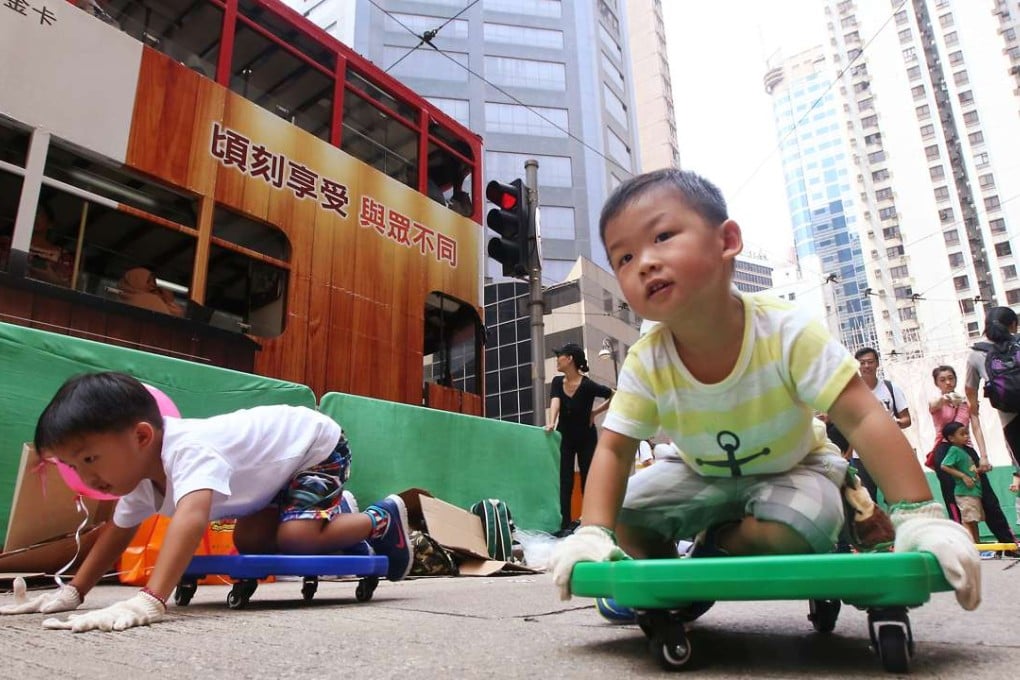Making Hong Kong a walkable city, one step at a time
Ian Brownlee says the success of events creating car-free areas is a case for more pedestrian-friendly zones, and the new South Island MTR line could be an added catalyst

The opening of the South Island MTR line next month will mean that, for the first time, people from the south of Hong Kong Island will not be totally reliant on road transport. Travel patterns will change away from road traffic, making it the perfect time to make more space available for people to walk.

Hong Kong’s South Island line will start running by the end of this year, says MTR chairman
In Hong Kong, huge numbers walk as part of their daily commute but that walk is often unpleasant. It is crowded and pedestrians lose space to vehicles.
The area selected for the event has been identified by the Institute of Planners as the first stage of permanent pedestrianisation of Des Voeux Road Central. This experiment showed how traffic could be diverted, and helped understand how a pedestrian scheme could be modified to make everything work.

